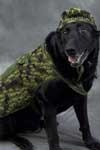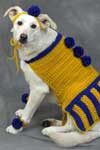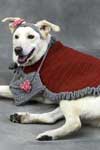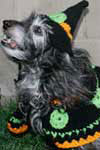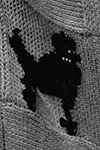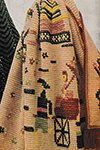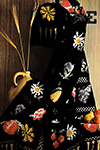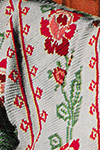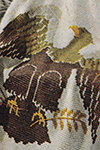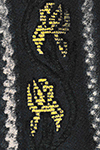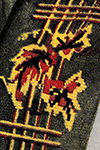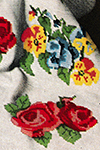Dog Halloween Costume Patterns
People aren't the only ones who enjoy to dress up for Halloween. Don't forget man's best friend! Make up these dog Halloween costume patterns for your pampered pooch so he can enjoy a little trick or treating too! Halloween is one of those times of years when quite a lot of people worry about costumes but really the best Halloween costume ideas are also the simplest. Why not use these dog Halloween costume patterns to figure out what your costume will be too? The idea is to find something that will work as a double act. Coupling up your costumes is a great way to have a blast for Halloween. You are sure to get a lot of attention and compliments and it's also a rare excuse for the two of you to literally dress up together!
Collection of Cross Stitch Charts from Vintage Afghan Patterns
A collection of cross stitch and embroidery designs included with crochet and knitting patterns in vintage leaflets restored to use for your other projects in any way you choose.
Eagle Cross Stitch Chart
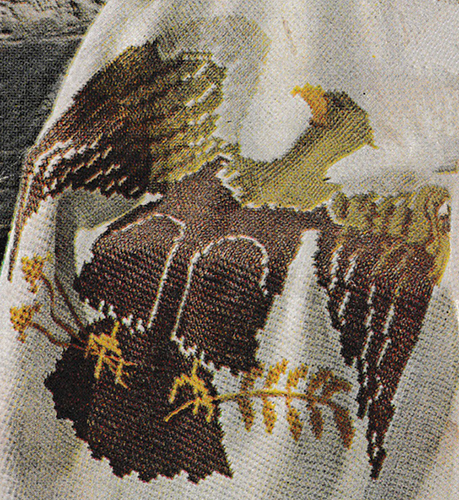
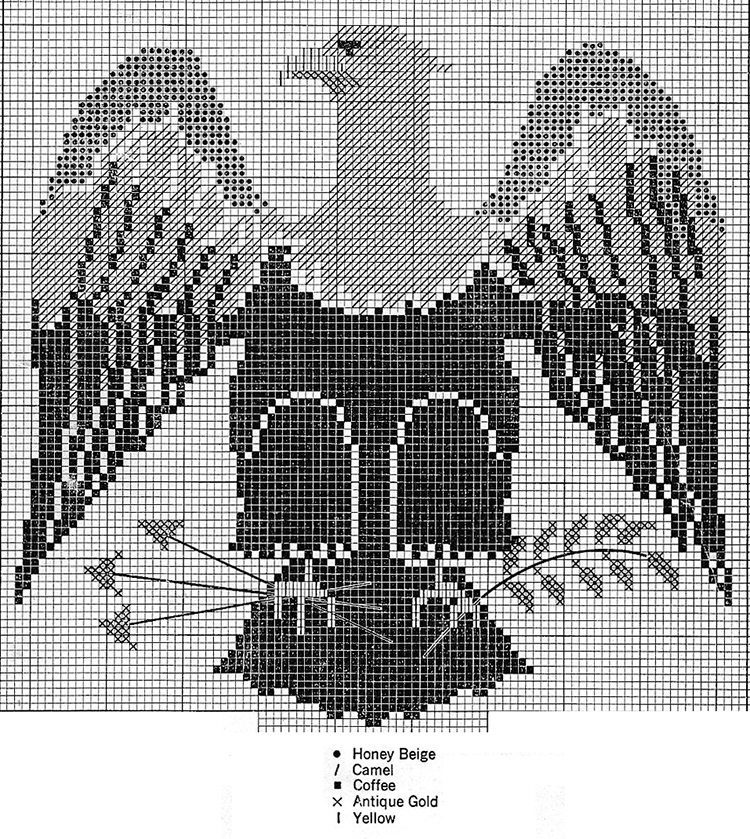
Victorian Cross Stitch Chart
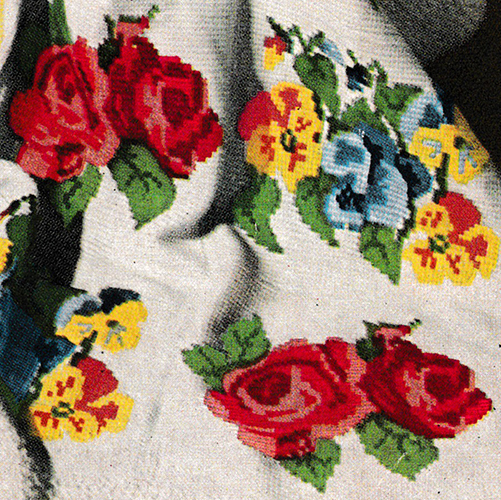
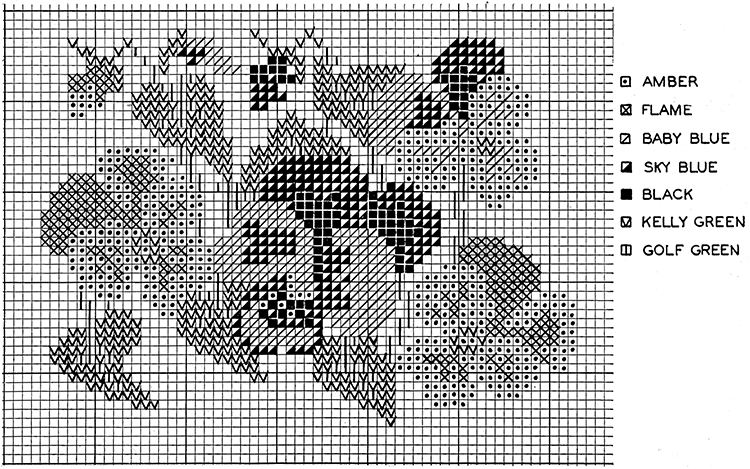
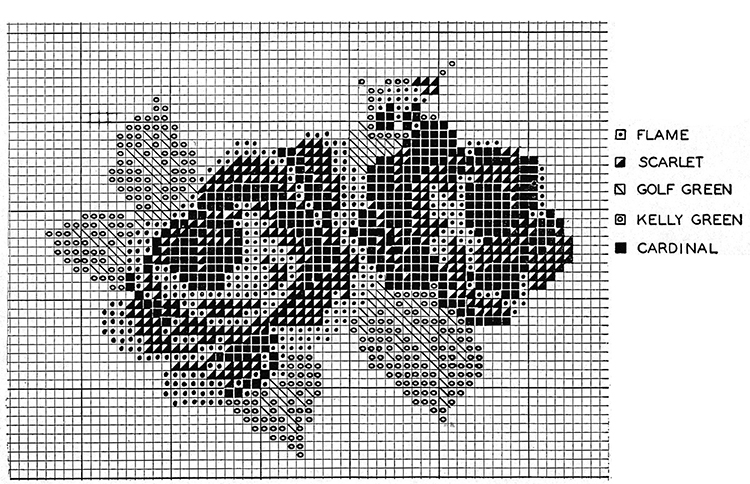
American Rose Cross Stitch Chart
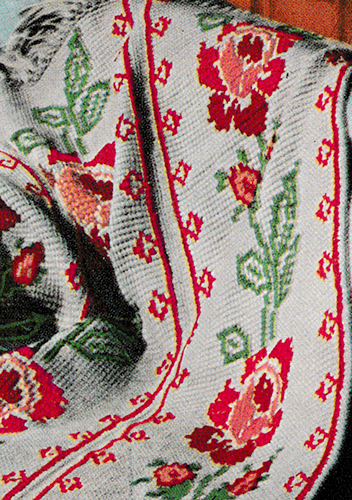
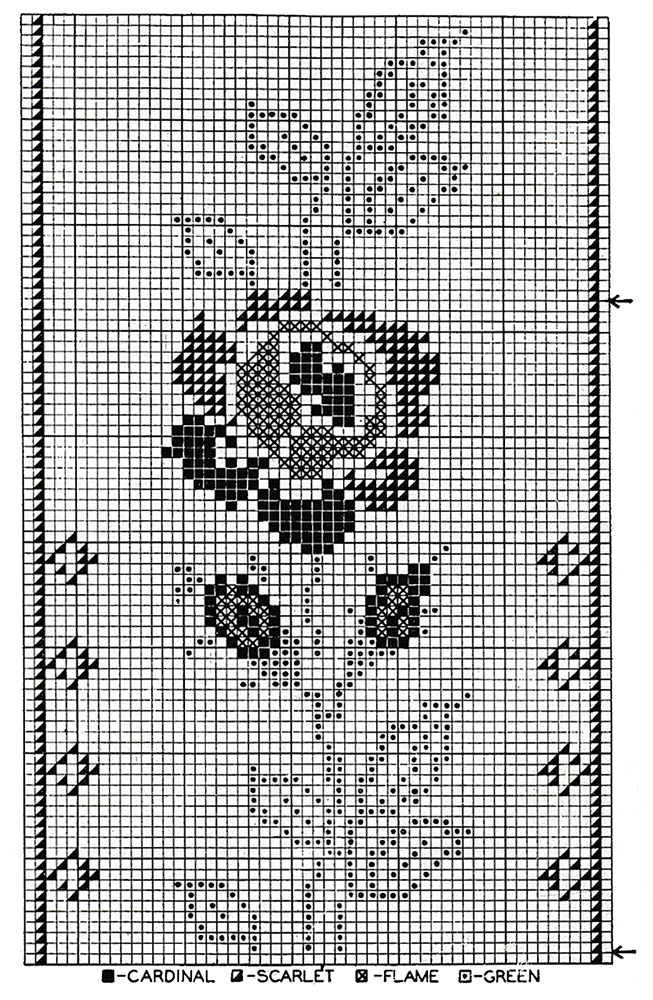
Fleur de Lis Cross Stitch Chart
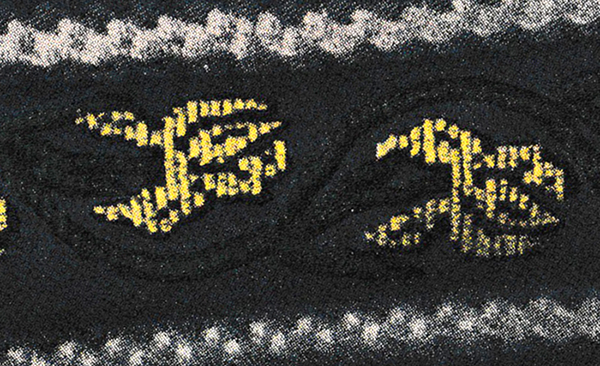
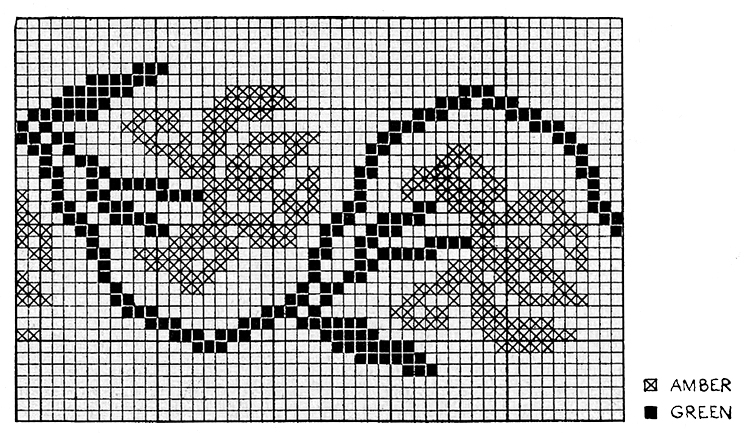
Vine and Trellis Cross Stitch Chart
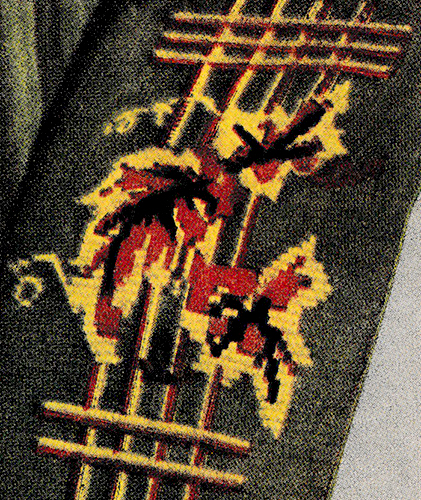
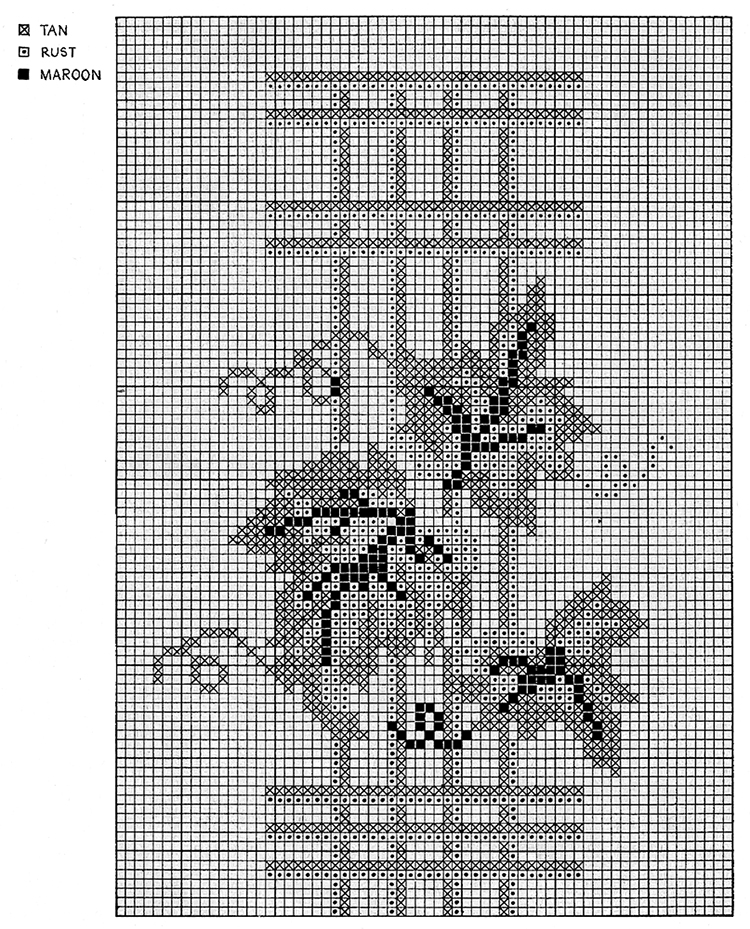
Rose Pattern
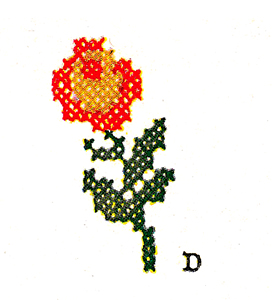
Pattern includes donkey motif A, 6 x 6⅜ inches; guitar motif B, 4¾ x 4⅝ inches; tent motif C, 4⅝ x 4⅝ inches and flower D, 1½ x 2¾ inches. A chart for placing the colors is also included in the pattern.
Mexican motifs give a gay and colorful air to table linens—and they are quite the vogue in decorative embroidery. As shown in the illustration, they are smart used on a lunch cloth, curtains and towels. The motifs are also suitable for lunch sets, runners, pillows, etc. The small flowers are for napkins. The design is entirely in cross-stitch and the crosses are 8 to the inch, suitable for six-strand cotton. The colors used for working are dark gray, light gray, dark green, light green, red, dark blue, light blue, yellow, orange, black, dark brown, light brown and purple.
HOW TO USE DESIGN—A 36, 45 or 54-inch lunch cloth trimmed with four motifs as illustrated is very effective. Two donkey motifs A, one guitar motif B and one tent motif C were used on the cloth. Motifs A are shown on the curtains and motifs B on the towels. A lunch set consisting of a centerpiece and four place mats would be very effective trimmed with these designs. The place mats, finished size 11 x 15 inches, may be trimmed with motifs B, placing one motif in the upper left hand corner of each mat. The centerpiece, 11 inches wide and the desired length, may be trimmed with motifs A, placing one at each end. Napkins trimmed with the small flowers D will complete the set. A 12 or 14-inch square pillow trimmed with motif A would be charming.
TO EMBROIDER—Follow the chart for placing the colors. Six-strand cotton—four strands in the needle—is used for the work. The entire design is worked in cross stitch. The most satisfactory results are obtained when the crosses touch as shown in the detail. Follow chart in the pattern for placing the colors.

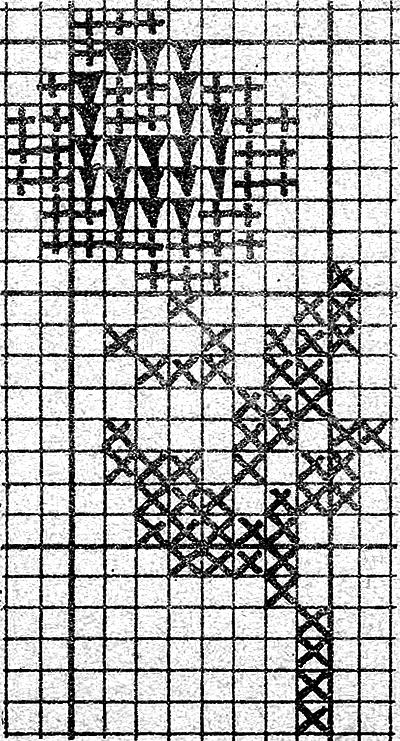

Tent Pattern
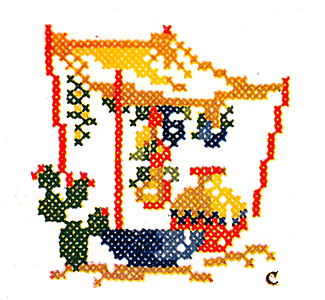
Pattern includes donkey motif A, 6 x 6⅜ inches; guitar motif B, 4¾ x 4⅝ inches; tent motif C, 4⅝ x 4⅝ inches and flower D, 1½ x 2¾ inches. A chart for placing the colors is also included in the pattern.
Mexican motifs give a gay and colorful air to table linens—and they are quite the vogue in decorative embroidery. As shown in the illustration, they are smart used on a lunch cloth, curtains and towels. The motifs are also suitable for lunch sets, runners, pillows, etc. The small flowers are for napkins. The design is entirely in cross-stitch and the crosses are 8 to the inch, suitable for six-strand cotton. The colors used for working are dark gray, light gray, dark green, light green, red, dark blue, light blue, yellow, orange, black, dark brown, light brown and purple.
HOW TO USE DESIGN—A 36, 45 or 54-inch lunch cloth trimmed with four motifs as illustrated is very effective. Two donkey motifs A, one guitar motif B and one tent motif C were used on the cloth. Motifs A are shown on the curtains and motifs B on the towels. A lunch set consisting of a centerpiece and four place mats would be very effective trimmed with these designs. The place mats, finished size 11 x 15 inches, may be trimmed with motifs B, placing one motif in the upper left hand corner of each mat. The centerpiece, 11 inches wide and the desired length, may be trimmed with motifs A, placing one at each end. Napkins trimmed with the small flowers D will complete the set. A 12 or 14-inch square pillow trimmed with motif A would be charming.
TO EMBROIDER—Follow the chart for placing the colors. Six-strand cotton—four strands in the needle—is used for the work. The entire design is worked in cross stitch. The most satisfactory results are obtained when the crosses touch as shown in the detail. Follow chart in the pattern for placing the colors.
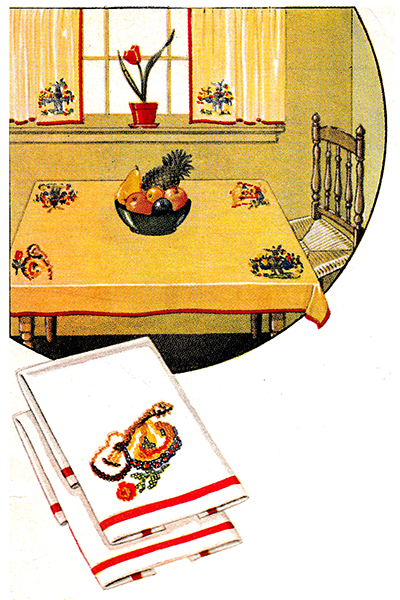
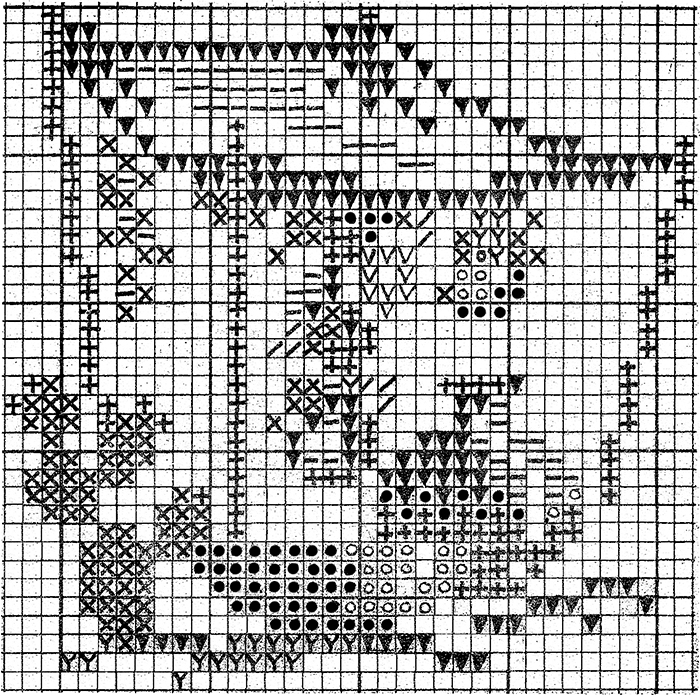
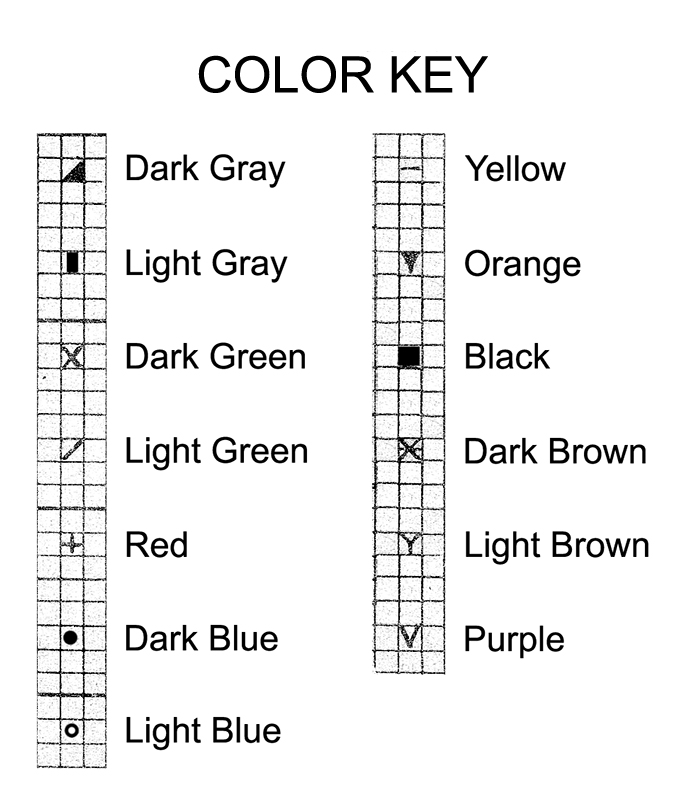
Guitar and Sombrero Pattern
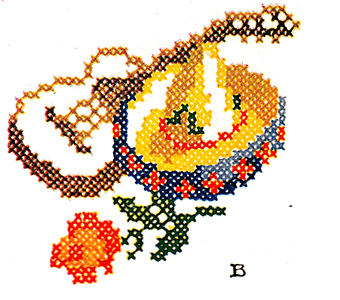
Pattern includes donkey motif A, 6 x 6⅜ inches; guitar motif B, 4¾ x 4⅝ inches; tent motif C, 4⅝ x 4⅝ inches and flower D, 1½ x 2¾ inches. A chart for placing the colors is also included in the pattern.
Mexican motifs give a gay and colorful air to table linens—and they are quite the vogue in decorative embroidery. As shown in the illustration, they are smart used on a lunch cloth, curtains and towels. The motifs are also suitable for lunch sets, runners, pillows, etc. The small flowers are for napkins. The design is entirely in cross-stitch and the crosses are 8 to the inch, suitable for six-strand cotton. The colors used for working are dark gray, light gray, dark green, light green, red, dark blue, light blue, yellow, orange, black, dark brown, light brown and purple.
HOW TO USE DESIGN—A 36, 45 or 54-inch lunch cloth trimmed with four motifs as illustrated is very effective. Two donkey motifs A, one guitar motif B and one tent motif C were used on the cloth. Motifs A are shown on the curtains and motifs B on the towels. A lunch set consisting of a centerpiece and four place mats would be very effective trimmed with these designs. The place mats, finished size 11 x 15 inches, may be trimmed with motifs B, placing one motif in the upper left hand corner of each mat. The centerpiece, 11 inches wide and the desired length, may be trimmed with motifs A, placing one at each end. Napkins trimmed with the small flowers D will complete the set. A 12 or 14-inch square pillow trimmed with motif A would be charming.
TO EMBROIDER—Follow the chart for placing the colors. Six-strand cotton—four strands in the needle—is used for the work. The entire design is worked in cross stitch. The most satisfactory results are obtained when the crosses touch as shown in the detail. Follow chart in the pattern for placing the colors.
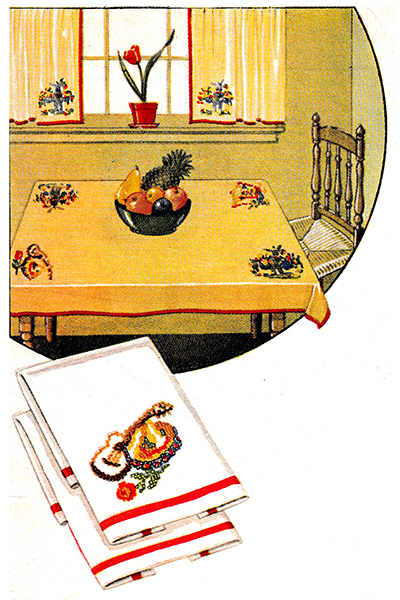
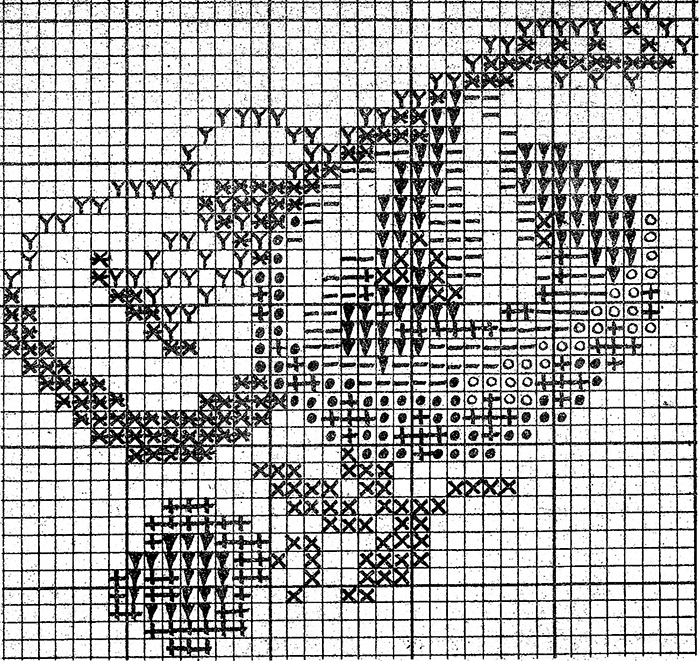
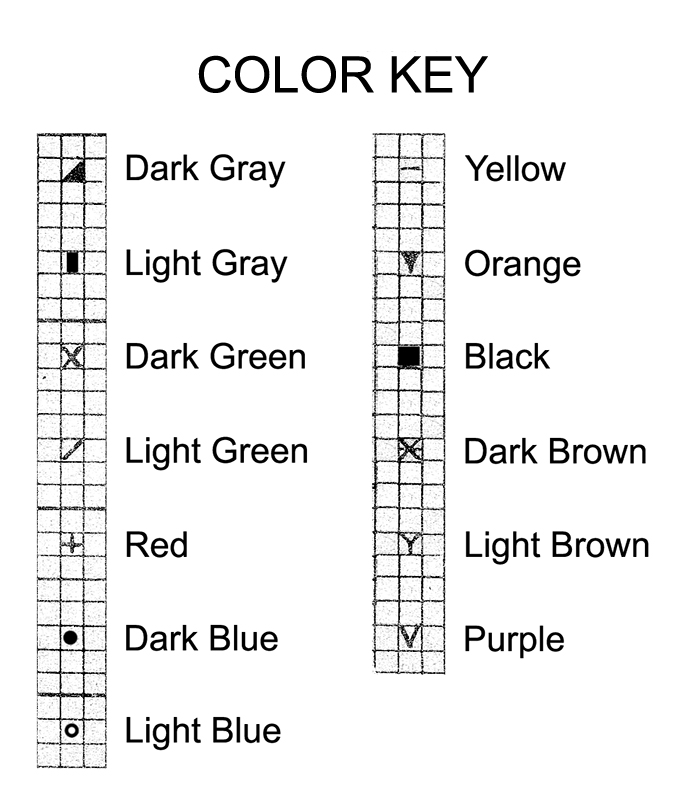
| Pattern Categories Browse the categories to help you find the patterns you're looking for. |
||

